While more people globally are being successfully treated due to medical advances, others face financial ruin in gaining healthcare access and limited infrastructure is still a problem in many regions. Bette Browne reports.
Millions of people around the world, especially in low-income countries, are being “cured into destitution”, according to medical experts.
Prof Mark Shrime, who is O’Brien Chair of Global Surgery at RCSI, cites the fact that over 80 million people are driven into financial ruin every year by the costs of getting surgery, while five billion people cannot access the surgical care that they require.
This happens for several reasons. In many cases it is because they cannot afford the travel costs to a hospital or the time off their work and then, even when they do arrive, the hospital will often lack the medical infrastructure and staff required to respond to their needs.
Prof Shrime has been exploring the complex interplay between surgical care, poverty, and inequity for many years, as well as the role that strengthening surgical systems can have in international development.
He joined the RCSI from Harvard Medical School where he was Director of the Centre for Global Surgery Evaluation.
Lancet Commission

Prof Shrime was also co-author of the ground-breaking Lancet Commission on Global Surgery in 2015, which examined the problems besetting the provision of surgical care in low- and middle-income countries and the changes needed by 2030.
“Mortality and morbidity from common conditions needing surgery have grown in the world’s poorest regions, both in real terms and relative to other health gains,” the Lancet Commission report found.
“At the same time, development of safe, essential, life-saving surgical and anaesthesia care in low-income and middle-income countries has stagnated or regressed. In the absence of surgical care, case-fatality rates are high for common, easily treatable conditions including appendicitis, hernia, fractures, obstructed labour, congenital anomalies, and breast and cervical cancer.”
It warned that unless the world focused on the need for, and access to, surgical services the problems would surge by 2030.
“In view of the large projected increase in the incidence of cancer, road traffic injuries, and cardiovascular and metabolic diseases in low-income and middle-income countries, the need for surgical services in these regions will continue to rise substantially from now until 2030,” it stressed.
“Reduction of death and disability hinges on access to surgical and anaesthesia care, which should be available, affordable, timely, and safe to ensure good coverage, uptake, and outcomes.”
The report added that the focus should be on the development of broad-based health-systems solutions, and resources should be allocated accordingly.
“The need for equitable access to surgical services in these countries is projected to substantially increase. Yet despite the large and growing unmet need for surgical care worldwide, securing a place for surgery and anaesthesia within the present global health framework of disease-based monitoring and advocacy is still exceptionally difficult.”
It found that 33 million people faced “catastrophic health expenditure due to payment for surgery and anaesthesia each year. Protection against catastrophic out-of-pocket healthcare expenditure is essential.”
The report also highlighted what it termed the ‘Three Delays’ framework – the delay in seeking care, the delay in reaching care, and delay in receiving care. These delays are generally due to shortcomings in education, transport, and insufficient hospital facilities or trained staff.
As 2030 approaches, the problems appear to be getting worse and new ones are emerging in many of these countries. A ‘brain drain’ is particularly worrisome, Prof Shrime told a webinar last November. He was delivering the 2021 Kapuściński Development Lecture (named after the Polish journalist and writer Ryszard Kapuściński) on surgery, poverty, and international development.
“This idea of brain drain is pretty huge. We published a paper a couple years ago that estimated that the cost of brain drain was something like $16 billion (€15 billion) to the source countries and countries that train the providers.”
He emphasised that training surgeons in a country where they are committed to staying was helping with retention.
The need for equitable access to surgical services in these countries is projected to substantially increase
Prof Shrime cited as an example the RCSI’s involvement with the College of Surgeons of East, Central and Southern Africa (COSECSA), which fosters postgraduate education in surgery and provides surgical training throughout the East, Central and Southern Africa region.
Recent data showed that about 90 per cent of COSECSA-trained surgeons stayed in the region, he said. He also cited another programme by the Pan African Academy of Christian Surgeons that has published similar results. So while brain drain is a major problem, it can be mitigated with concerted efforts.
He said another major issue was that surgery can be the “neglected stepchild” in regard to robust funding structures. HIV, tuberculosis (TB) and malaria comprise about 10 per cent of the world’s disease burden.
“That takes the lion’s share of global health funding. This is an advocacy question. This is an issue where we just sort of have to keep pushing. This is a real problem (because) almost everybody will require surgery at some point in their lives.”
The situation is starting to change for the better, he said. “There are different instruments being brought together to make sure that we have a holistic approach to the problems that are arising in healthcare in the lower income countries. So increasing awareness of the complex aspects of global surgery will help us to better coordinate our programmes and funding to try and close the significant health gaps that we see across the world.”
In this context, he had practical advice for medical professionals who may wish to volunteer in developing countries.
“A lot of us have this desire to help; we’ve got an altruistic streak (but) if you’re interested in working with organisations, look at how the organisation is or isn’t investing in the places in which it is working. Is it investing in the surgeons within the countries? Is it investing in scaling up the surgical system in the countries? How deep and how longstanding is that intervention by that organisation?”
US
These issues are more pressing in developing countries but in some parts of the developed world, patients can also face being “cured into destitution”, although the reasons may be different. Uninsured and poorer Americans, for example, who may need surgery after traumatic injuries can be particularly vulnerable.
US hospitals have the expertise and technology to save the lives of patients after life-threatening gunshot wounds, car accidents and other traumatic injuries. However, a study found that seven-out-of-10 adult uninsured trauma patients can face financial catastrophe.
The research, reported in the Annals of Surgery in 2018 and entitled ‘Cured into destitution: Catastrophic health expenditure risk among uninsured trauma patients in the United States’, was significant because it was the first to examine data on US trauma admissions and Census Bureau data on income to evaluate the risks of catastrophic health expenses.
Researchers analysed 117,502 hospital admissions for uninsured 18- to 64-year-olds admitted for trauma care from 2007 to 2011, before implementation of President Barack Obama’s Affordable Care Act (ACA).
Overall, half of the patients had an estimated annual income below $40,867 €40,000), and half had hospital charges of at least $27,420 (€26,000), not counting charges from doctors, who bill separately. In other words, one unforeseen major injury could potentially cost well over half of someone’s annual income.
To capture poorer uninsured Americans, the study employed the “catastrophic health expenditure” metric that the World Health Organisation (WHO) uses to compare out-of-pocket expenses to income. It defined catastrophic health spending as out-of-pocket health costs that were more than 40 per cent of a patient’s income after they paid for food.
By that definition, nearly 71 per cent of uninsured 18- to 64-year-old trauma patients, or more than 82,000 men and women, risk financial catastrophe every year.
Patients with the lowest incomes were at highest risk of destitution (78 per cent). But even those with the highest incomes had a 53 per cent risk of a medically induced fiscal catastrophe, the study found.
The study showed that someone in America who is in a serious car accident or experiences sudden trauma for some other reason can face financial ruin.
“Financial catastrophe is a reality for tens of thousands of Americans who haven’t planned for it,” Dr John W Scott, the study’s lead author, told Reuters.
“They’re being cured but being cured into destitution. There’s nobody we turn away for emergency trauma care. We don’t check people’s insurance status. We don’t check their wallet,” he said.
“If everybody is deserving of world-class trauma care, everybody is deserving of protection from financial catastrophe from that care.”
The 2010 ACA resulted in millions more Americans being able to afford health insurance and this situation has begun to improve in recent years. The law also enacted a range of reforms that constrained healthcare costs and improved the quality of care.
After the law was brought into effect, increases in overall healthcare spending slowed.
Despite such advances, however, President Obama’s opponents, primarily in the Republican party, made numerous attempts to overturn the law in Congress and in the courts. In June 2021, the Supreme Court upheld the ACA for the third time.
World Bank
Nearly a decade has passed since the then President of the World Bank, Dr Jim Young Kim, proclaimed in a speech in Washington in 2014 that “no one should be forced into poverty, or be kept in poverty, to pay for the healthcare they need”. Yet today, millions of people remain in that position.
“For patients, surgery can be very expensive. Not only can the financial burden of seeking surgical care be a formidable obstacle to those who need surgery, it can also have a devastating impact on those who are able to receive it,” said a World Bank blog in 2018 authored by, among others, Prof Shrime.
“Over two billion people cannot afford surgery if they needed it today, and, of those who get surgery every year, an estimated 33 million of them will undergo financial hardship from its direct costs – 81 million when the ancillary costs of care like transportation and food are included.
“The cost of surgery, then, is not just a barrier to care. It can cause toxic, downstream side-effects. Impoverishment is a side-effect of surgery for the equivalent of the entire population of Germany, every year.”
But overall, according to the blog, “the world’s risk of financial catastrophe due to surgery is decreasing. Although this downward trend is encouraging, it is sluggish. From 2008 to 2017, the percentage of people at risk globally for both catastrophic and impoverishing expenditure due to surgical care has trended downward. Impoverishing health expenditure is defined as expenditure on healthcare that results in a household falling below the prevailing poverty line or deepening its impoverishment if it is already poor.”

The worldwide risk for catastrophic expenditure due to surgical, anaesthetic, and obstetric care has declined from 34 per cent to 28 per cent, while that for impoverishing expenditure has dropped from 27 per cent to 24 per cent. But the World Bank blog emphasised that global averages can also mask significant inequities in the distribution of risk.
In 2017, just 2 per cent of people in high-income countries faced the risk of catastrophic expenditure due to surgery – less than half their risk in 2003. By comparison, risk in low- and middle-income countries fell much more slowly: From 43 per cent in 2008 to 33 per cent in 2017.
“The large absolute difference between the risk of financial catastrophe in these two groups in 2017 – 32 per cent – highlights the significant disparities in the financial burden of accessing surgical care worldwide.
“People in high-income countries face a minimal risk of financial catastrophe when they need surgical care, while three in every 10 individuals from low- and middle-income countries must contend with this risk.
Financial catastrophe is a reality for tens of thousands of Americans who haven’t planned for it
“The same relationship exists for impoverishing expenditures. In 2017, those in high-income countries faced a minor risk of impoverishing expenditures due to surgical care (0.4 per cent) while their contemporaries in low- and middle-income countries confronted a much higher risk (28 per cent).
“Even within country groupings, inequities exist. Among low- and middle-income countries, sub-Saharan African countries face the highest risk of catastrophic and impoverishing expenditure due to surgical care. Over half the population is likely to be driven into financial catastrophe if surgery is needed,” according to the blog.
Covid-19
The Covid-19 pandemic has exacerbated these problems and slowed improvements. New evidence compiled in complementary reports released in December by the WHO and World Bank showed that the pandemic was likely to halt two decades of global progress towards universal health coverage.
In 2020, the pandemic disrupted health services and stretched countries’ health systems beyond their limits as they struggled to deal with the impact of Covid-19. As a result, immunisation coverage dropped for the first time in 10 years and deaths from TB and malaria increased, for example.
The pandemic also triggered the worst economic crisis since the 1930s, stated the global organisations, making it increasingly difficult for people to pay for care. Even before the pandemic, half a billion people were being pushed into extreme poverty because of payments for healthcare. The organisations expect that the number is now considerably higher.
In 2019, before the pandemic hit, 68 per cent of the world’s population was covered by essential health services, such as pre-and post-natal care and reproductive health services, immunisation services, treatments for diseases like HIV, TB, and malaria, and services to diagnose and treat non-communicable diseases like cancer, heart conditions, and diabetes.
But they had not made similar advances in ensuring affordability, the global organisations warned. “As a result, the poorest groups and those living in rural areas are the least able to obtain health services and the least likely to be able to cope with the consequences of paying for them.”

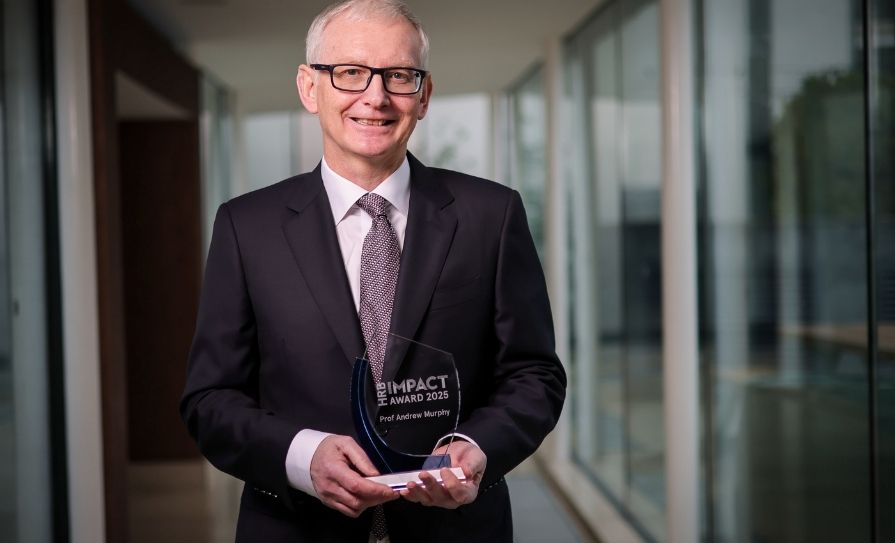

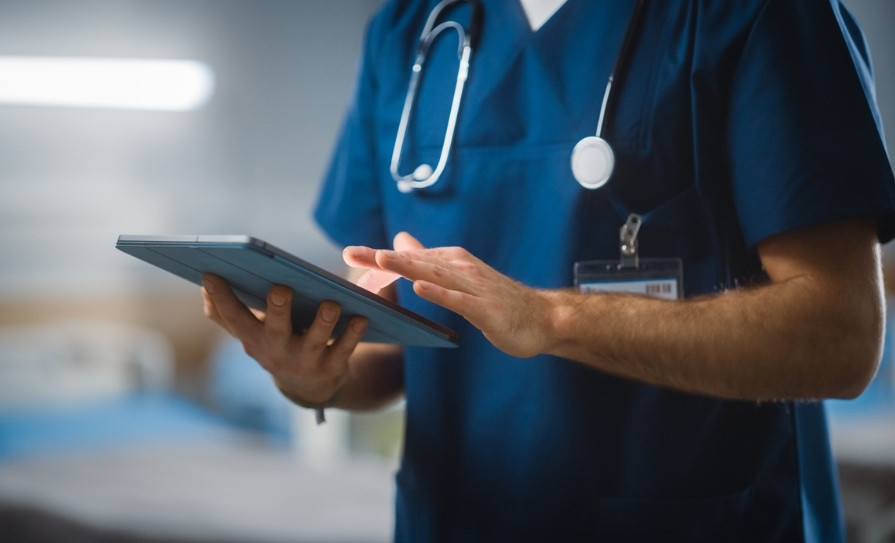
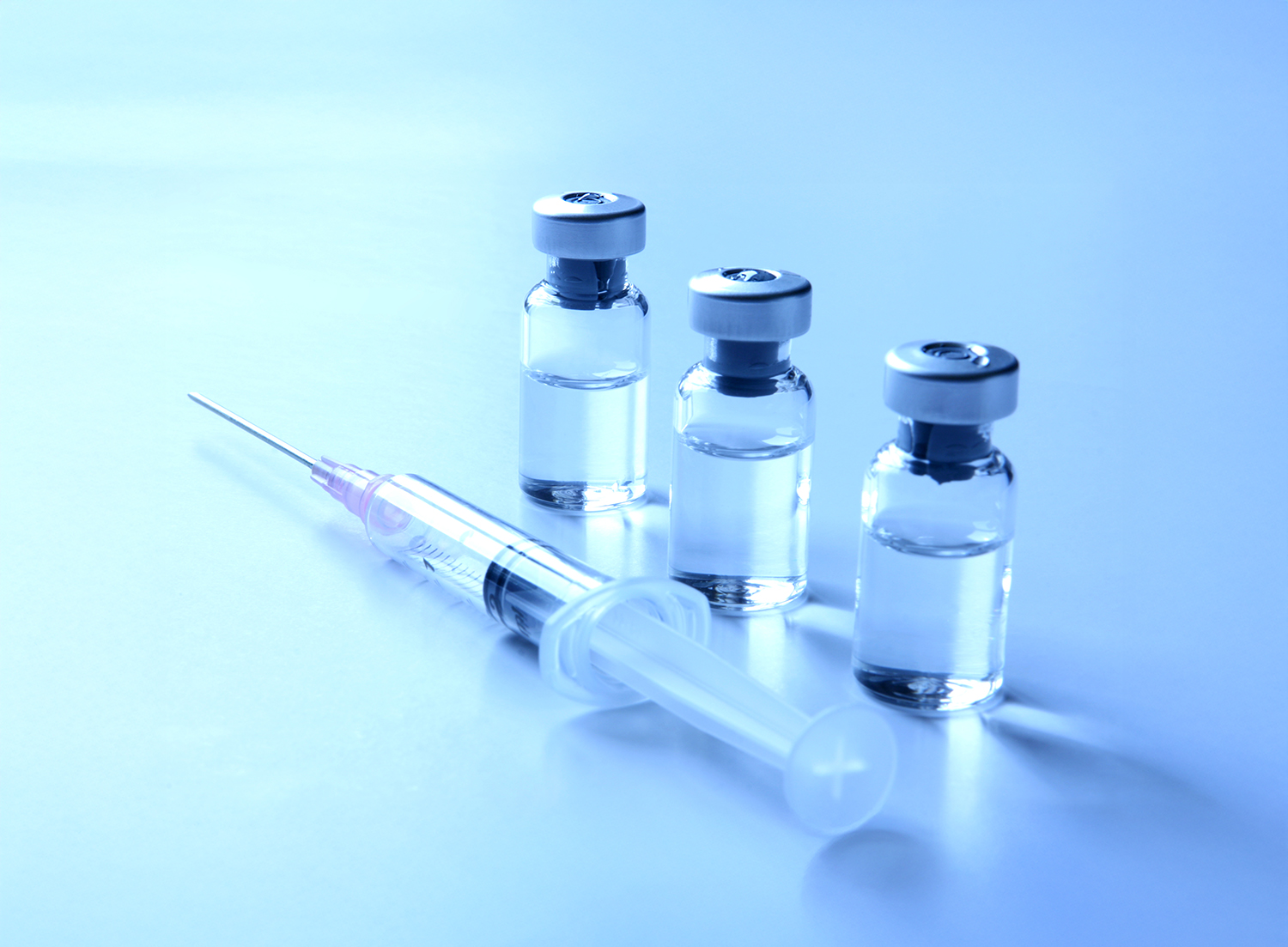


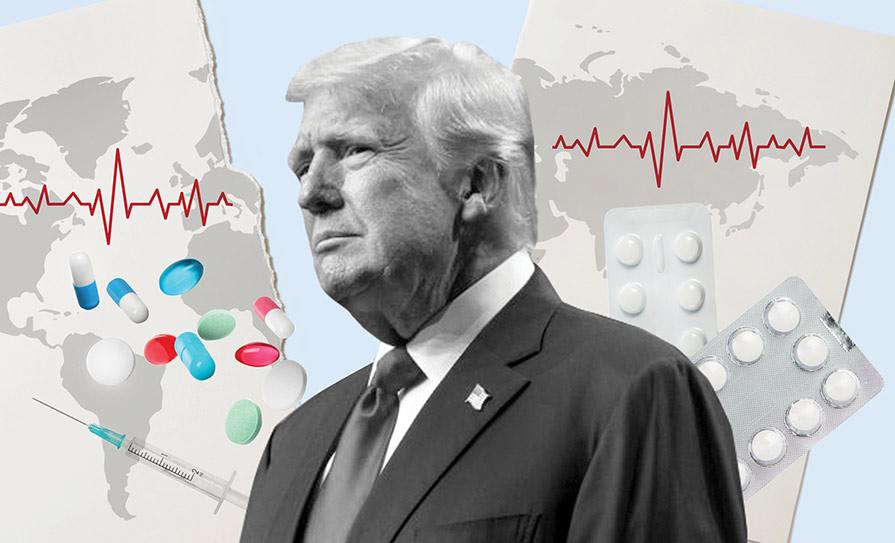
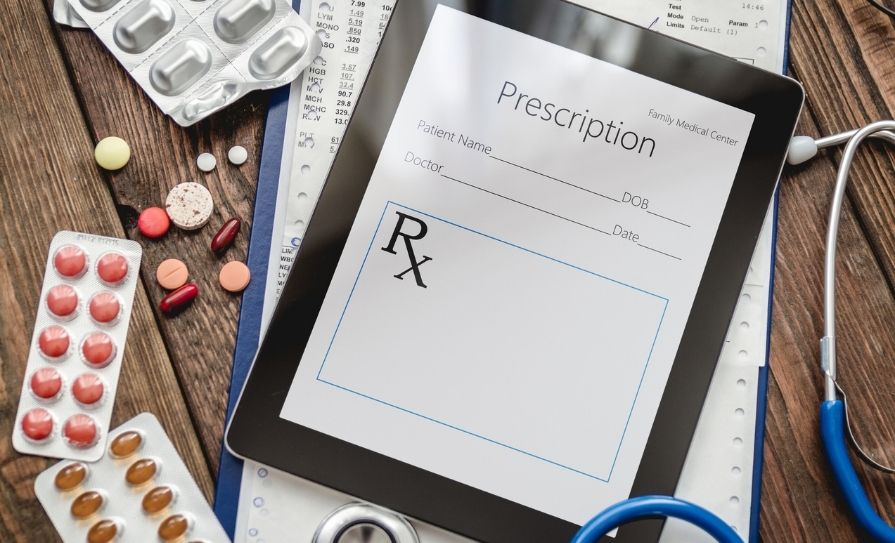




Leave a Reply
You must be logged in to post a comment.